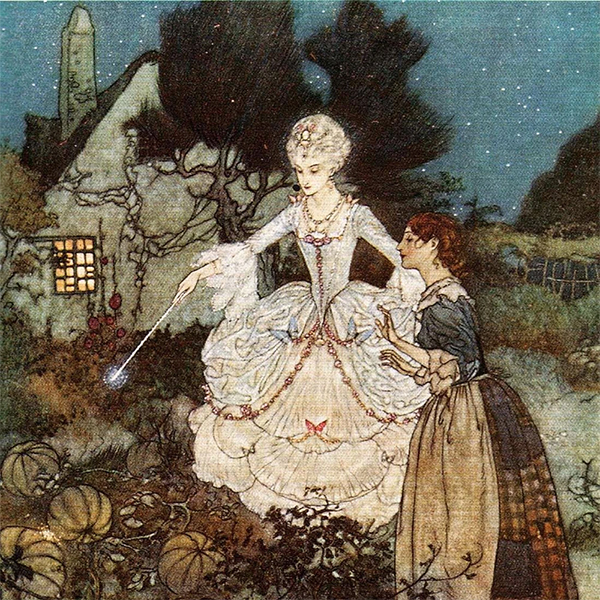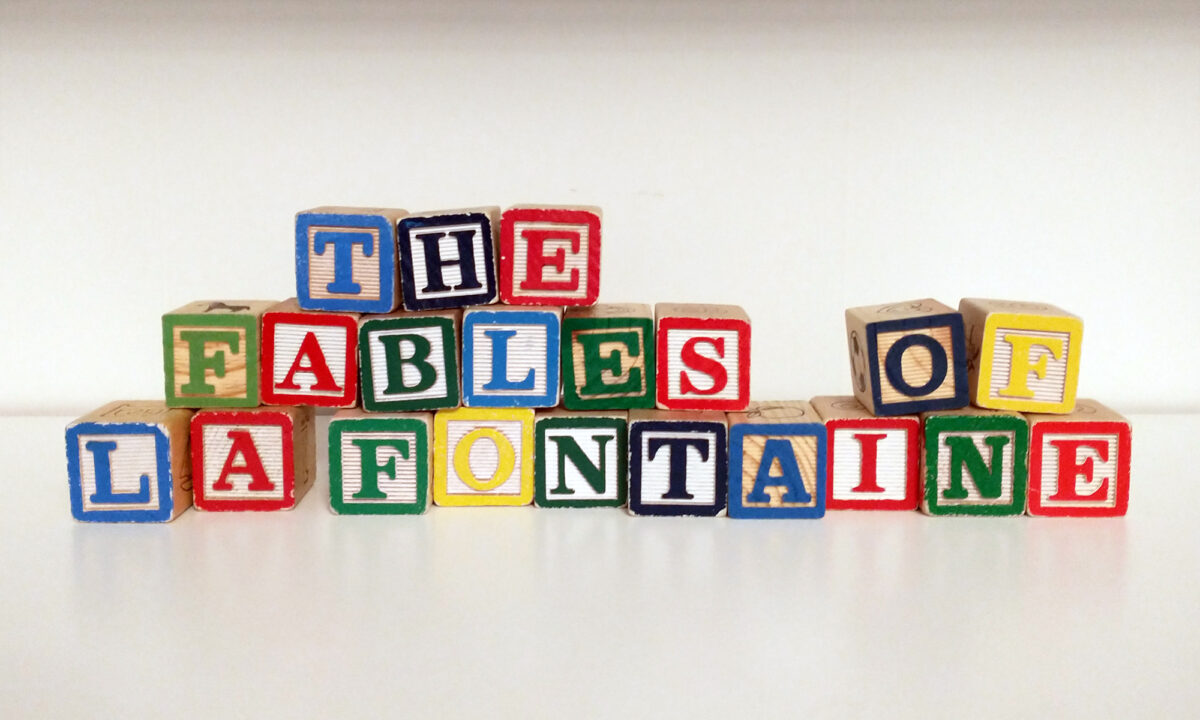Charles Perrault’s version of Cinderella is the most famous one worldwide, and that’s because it was the first to be widely printed, first in French and then in English. It’s also a story that is strikingly modern, from its use of the pumpkin, a new world plant, to its Enlightenment values celebrating Cinderella’s personal virtues even more highly than her beauty.

This story was first published as “Cendrillon, ou la petite pantoufle de verre”, which translates to Cinderella, or the little glass slipper. It was part of a collection called Histoires ou contes du temps passé, avec des moralités ou Contes de ma mère l’Oye. That rather wordy title translates to Stories or Tales from Past Times, with Morals or Mother Goose Tales.
Charles Perrault was an Enlightenment man through and through, from his use of explicit morals, emphasis on good character, and very enlightened position on forgiveness toward those who have behaved very badly.
Activity: The Journey of the Pumpkin
Have students research the history of the pumpkin. They should be able to answer the following questions after their studies:
- What is the original native range of the pumpkin? On what continent was it located, and in which areas?
- How did Native Americans make use of the pumpkin? What was the role of pumpkin and other forms of squash in a Three Sisters garden?
- When and how did Europeans first encounter the pumpkin?
- About when did pumpkins first arrive in Europe?
- About how many years had passed since the arrival of the pumpkin to Europe when Charles Perrault wrote “Cendrillon?”
- If a Cinderella story were written today, what kind of new, trendy plant could be used to be magically transformed to transport Cinderella? What kind of vehicle would it turn into?
Activity: Cendrillon’s Forgiveness
After reading “Cendrillon” by Charles Perrault, have students consider Cendrillon’s act of forgiveness toward her two wicked stepsisters. She not only forgives them but helps them to very advantageous marriages with royal courtiers. In a group discussion or as a written essay, have students reflect on the following questions:
- Why do you think Cendrillon forgave her stepsisters?
- Would you have treated the stepsisters in the same way? If not, how do you think the stepsisters should have been treated?
- What advantages are there for Cendrillon to keep her stepsisters close to her at court?
- How do you think the common people in Cendrillon’s kingdom would have viewed her actions?
- As a princess, what kind of an example has Cendrillon set for others to follow?



